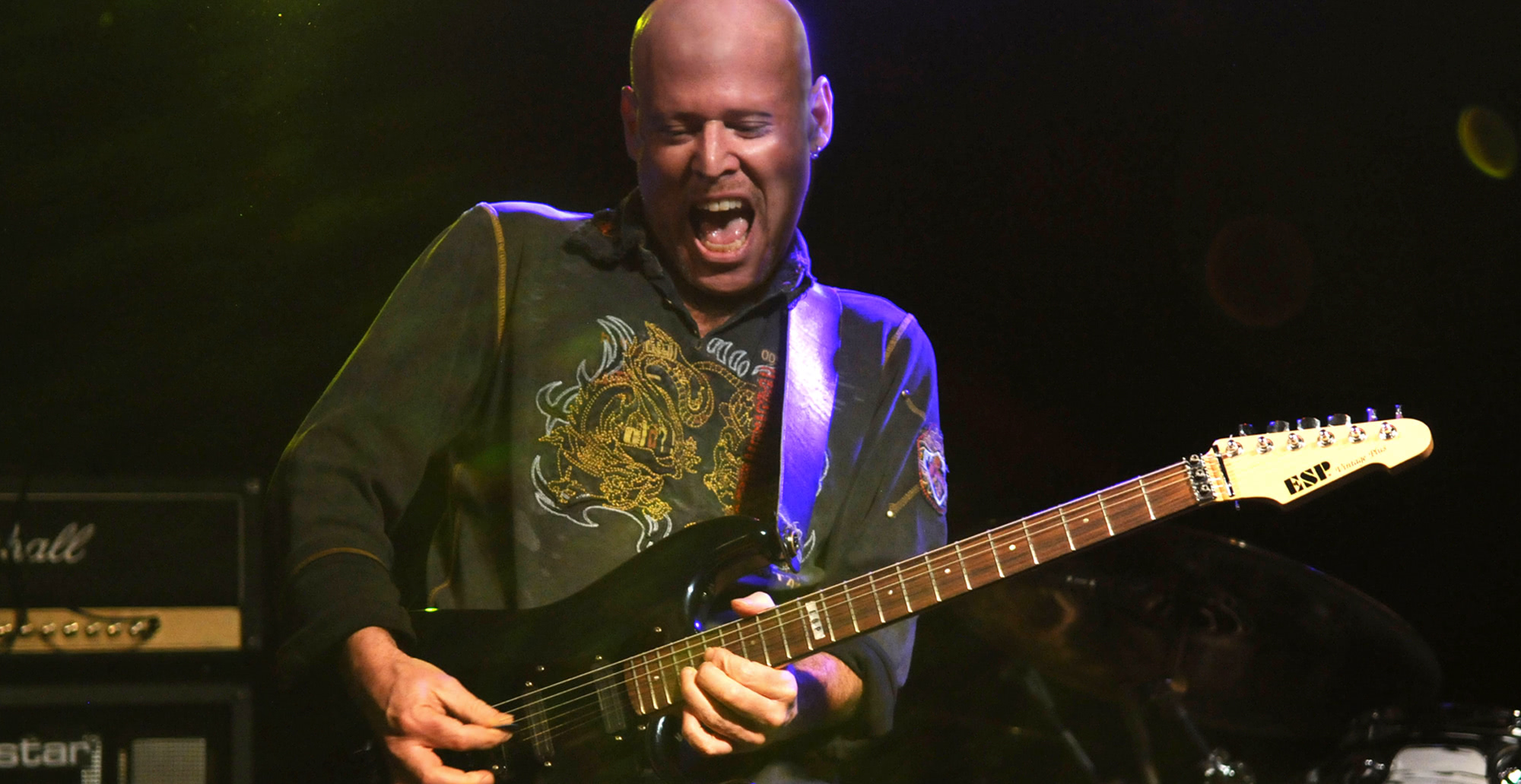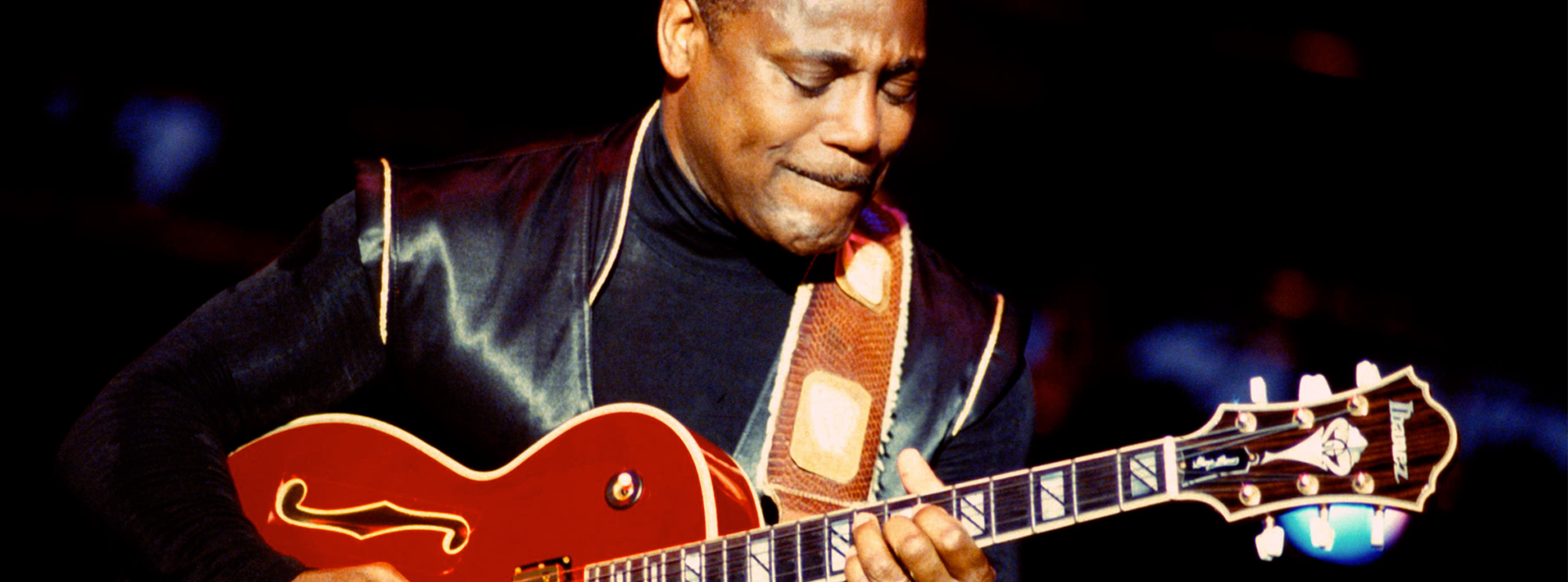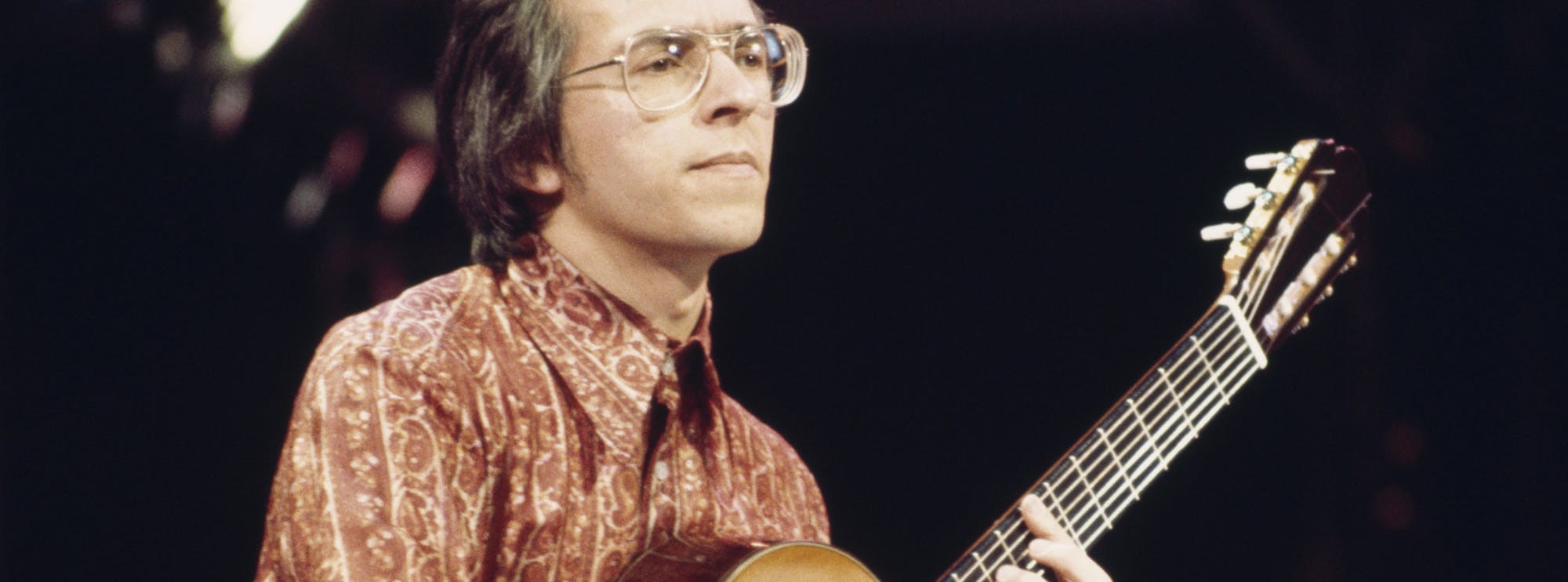“Helena” by My Chemical Romance
One of the standout tracks from My Chemical Romance’s breakthrough album Three Cheers for Sweet Revenge, “Helena” is an emotionally charged punk-rock anthem laced with dramatic dynamics, powerful riffs, and highly expressive guitar work. At LickLibrary.com, our note-for-note guitar lesson for Helena dives deep into the distinctive playing style that shaped the band’s unique sound, teaching you the essential guitar techniques used throughout the song.
Whether you’re a fan of emo, punk rock, or alternative guitar styles, learning Helena offers a brilliant opportunity to sharpen your skillset and develop your musical expression. Let’s break down the techniques covered in this lesson and explore why they’re invaluable tools for any guitarist. Danny Gill breaks down this classic track in this exclusive Lick Library video tutorial.
The Guitarists Behind the Sound
The guitar work on Helena is brought to life by Ray Toro and Frank Iero, two musicians whose synergy and contrasting playing styles helped define the aggressive-yet-melodic aesthetic of My Chemical Romance.
Ray Toro, the band’s lead guitarist, is known for his technically skilled solos, harmony-driven leads, and a tone that merges metal energy with punk rawness. Frank Iero, on the other hand, often takes on rhythm duties with ferocity, infusing a chaotic yet calculated sense of attack into the band’s compositions. Together, they crafted a dual-guitar sound that’s both powerful and emotionally rich—qualities that are on full display in Helena.
Song Breakdown and Guitar Techniques
Intro and Verse: Power and Emotion
The track kicks off with dark, ringing chords and a brooding melodic riff. This section emphasises power chords and palm-muting techniques. These are foundational to punk and rock playing, providing the chunky, percussive feel that gives Helena its driving force.
- Power Chords: A staple for any rock guitarist, power chords are essential for creating strong, straightforward harmony without complexity. Learning them strengthens fret-hand positioning and palm-hand coordination.
- Palm Muting: This technique gives control over dynamics and allows the player to add tension and energy to a passage. It’s especially useful for rhythm guitarists who want to add variation and articulation to their strumming patterns.
Pre-Chorus: Melodic Movement and Articulation
Moving into the pre-chorus, you’ll encounter slides and hammer-ons, which bring a smoother, more vocal-like quality to the melodic lines. The transitions between notes mimic the emotional lift of the lyrics, a key hallmark of Toro’s expressive playing.
- Slides: Excellent for connecting notes fluidly and adding vocal expression to your phrasing. Slides also improve string-hand accuracy and fretboard navigation.
- Hammer-ons: These help build legato phrasing and are great for improving finger independence and control over note dynamics.
Chorus: Heavy Rhythm and Harmonic Texture
The chorus introduces bigger, more aggressive riffing, incorporating barre chords alongside layered double stops. This section showcases the impact of two guitars working in tandem—one supporting the rhythm, the other adding harmonic or melodic highlights.
- Barre Chords: Critical for expanding your chord vocabulary and playing full, rich voicings across the neck.
- Double Stops: These are two-note combinations that create harmonic texture, helping you craft more expressive lead parts and solo sections.
Bridge: Expressive Bends and Alternate Picking
In the bridge, expressive string bending takes centre stage, allowing for a more emotional, wailing guitar line. You’ll also use alternate picking here to ensure tight rhythmic execution.
- String Bending: Perfect for adding soul and feeling to a solo, bending teaches pitch control and enhances your expressive range.
- Alternate Picking: This essential technique improves speed and efficiency. Mastering alternate picking enables you to play fast passages with clarity and precision.
Outro: Sustained Emotion and Dramatic Finishes
The outro revisits many of the previously learned techniques but adds longer sustain and dynamic shifts. This section is about feeling as much as technique, and it’s where emotional depth and technical control meet.
- Sustain: Learning to manage sustain is about understanding tone and touch. It helps players hold notes with confidence and let melodies sing naturally.
Why These Techniques Matter
Each technique found in Helena gives players the opportunity to grow not just as guitarists, but as musicians. Whether it's the rhythmic discipline of palm muting, the expressive nuance of string bending, or the melodic fluidity of slides and hammer-ons, these skills translate across genres and styles. By mastering them, you’ll gain:
- Greater dynamic control
- Improved fretboard fluency
- Increased confidence in both rhythm and lead playing
- A stronger understanding of guitar arrangement and tone layering
Techniques Used in This Lesson
- Power Chords
- Palm Muting
- Slides
- Hammer-Ons
- Barre Chords
- Double Stops
- String Bending
- Alternate Picking
- Sustain
Learning Helena is more than just playing a great song—it’s about capturing the emotion and energy that made My Chemical Romance a genre-defining band. With our detailed lesson, you'll not only play it like the original but understand what makes it tick beneath the surface.

About The Tutor
Tutor Profile
Danny Gill
Danny Gill is, without a doubt, the most loved tutor by our community. With an incredible array of DVDs and web lessons for LickLibrary covering a wide variety of topics all of which he covers with incredible detail, it's no wonder he carries as much respect as he does. As...




